Biophilic travels: an immersive and authentic wildlife park
A wildlife park should be a place that celebrates the diversity of life and the richness of nature, a place that invites curiosity and interest towards the natural world. Yet too often these environments feel artificial and arranged rather than nature-like and adventurous.
In this episode of Biophilic Travels, a wildlife park that embraces biophilic elements and attitudes to recreate the experience of being in nature for people and animals alike…
Care and respect
At Bioparc Valencia, animal wellbeing is a priority that is cultivated through space, design, and initiatives.
The space is designed to reproduce authentic natural habitats both physically and from an experience perspective. Genuine dwellings are created for the animals through a combination of real natural materials and nature-like features such as faux stone blocks or tree trunks. Different species live together in large expanses, reproducing natural life conditions.
From a people perspective, the visit is punctuated by signboards that – besides sharing curiosities about the animals – highlight the challenges wild fauna is facing due to climate change and educate visitors about respectful behaviours towards the natural world. The language is friendly and approachable, making the information engaging for children and adults alike. Several research programs and conservation initiatives are carried out in the park, some of which are also shown to visitors through daily shows.
As a whole, care and consideration for the natural world are evident throughout, turning this park into a place that cultivates interest and respect towards ecosystems that are geographically distant yet closely connected.

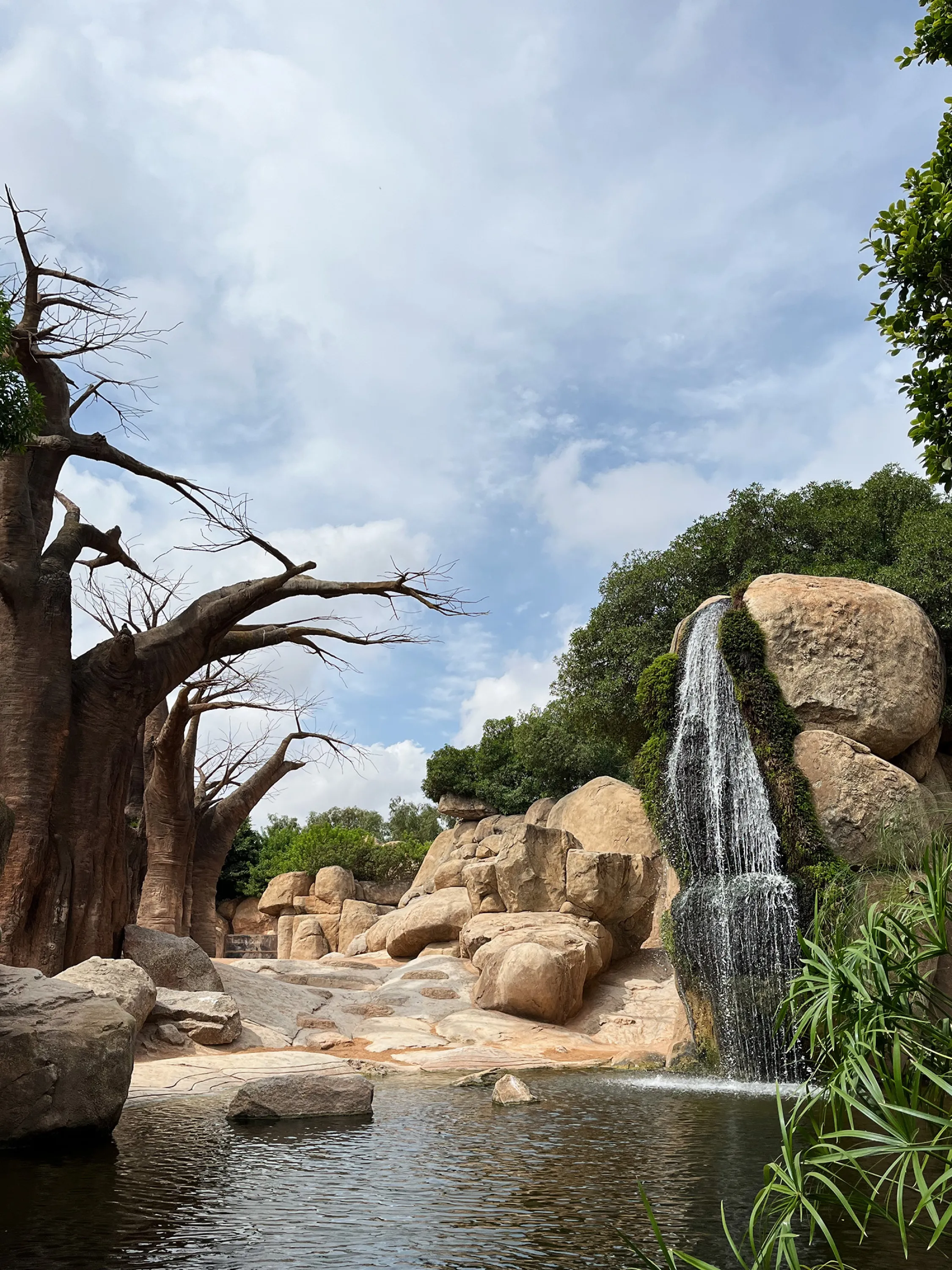
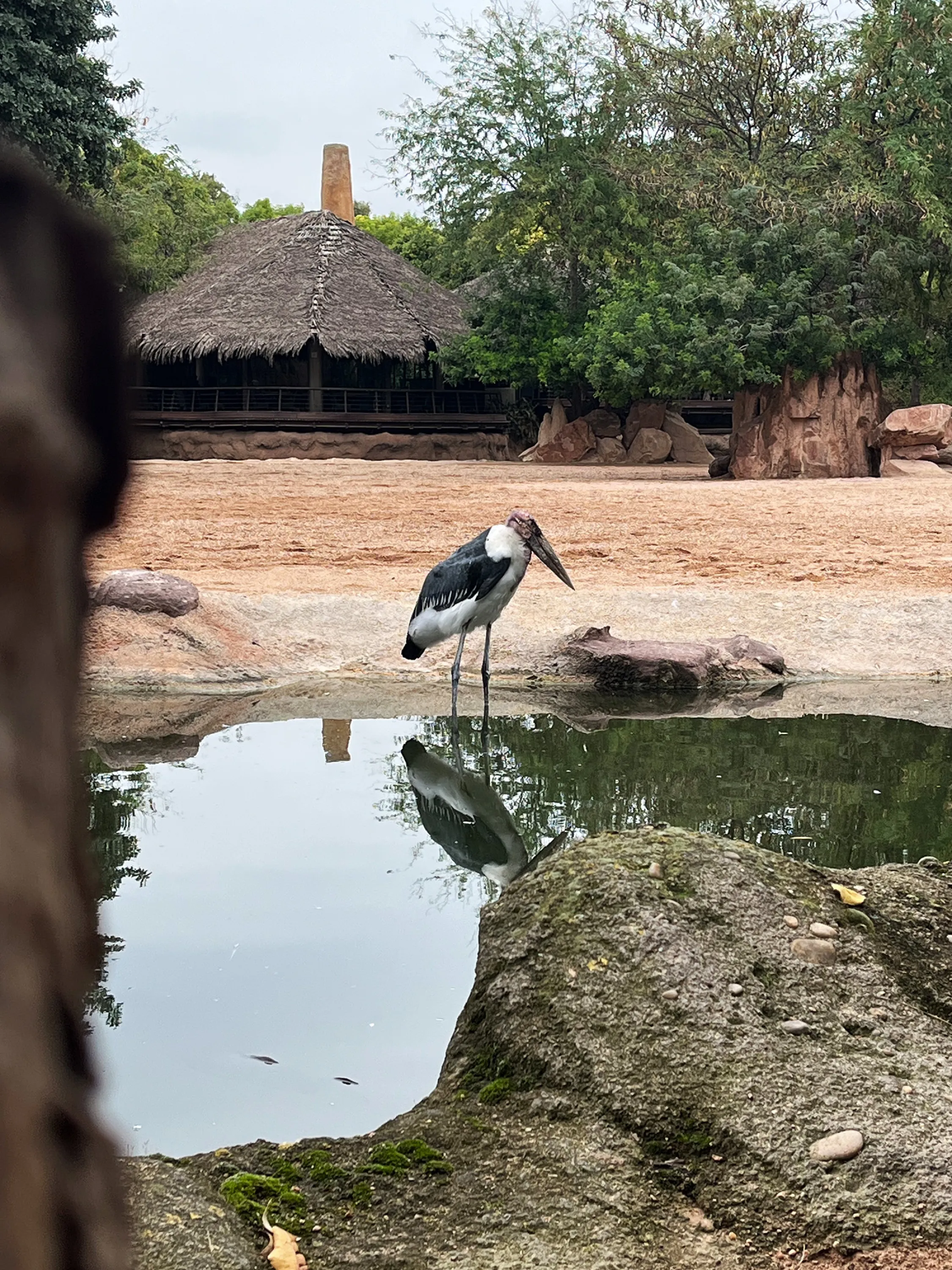
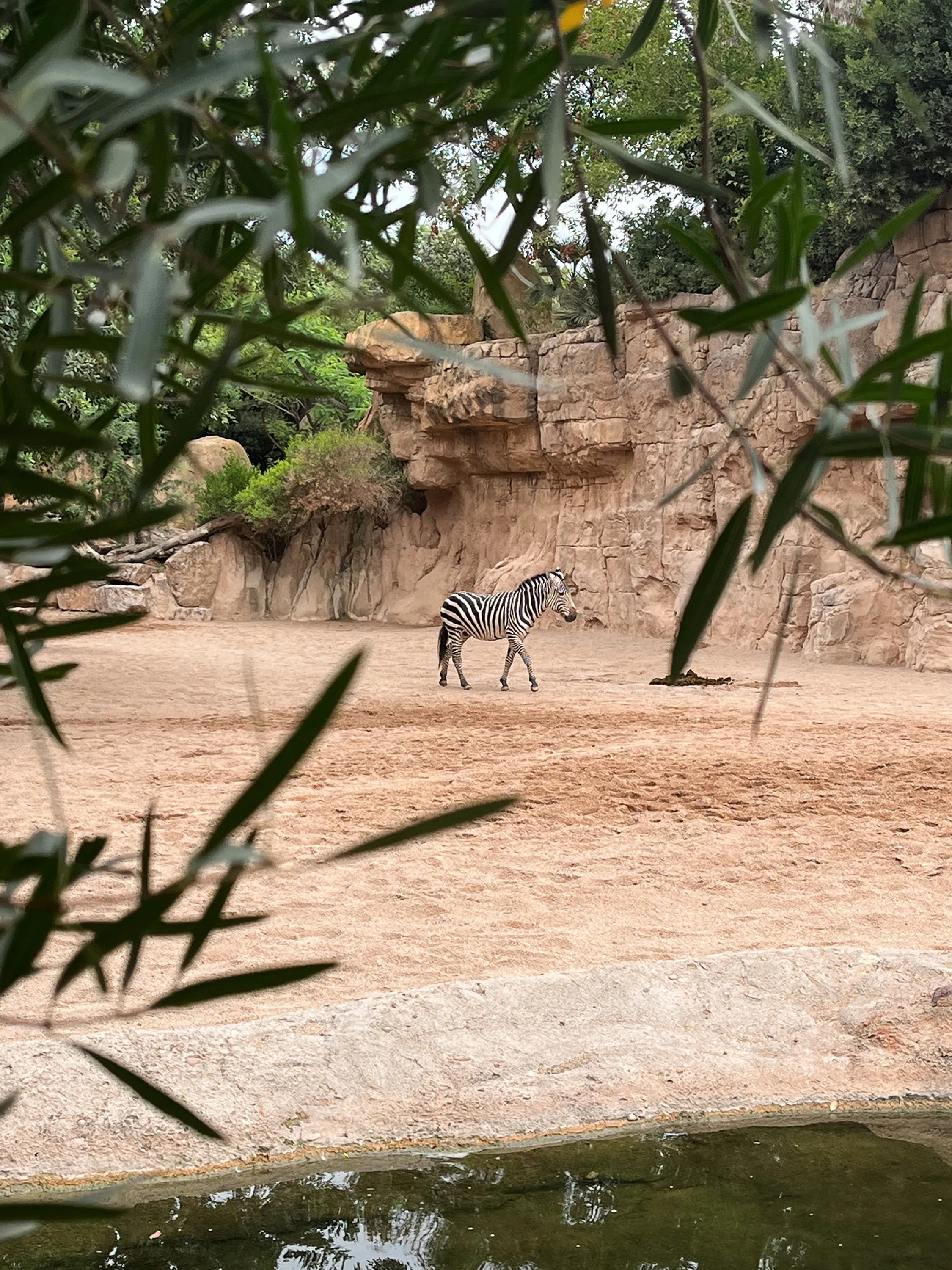

An adventurous experience
Despite the urban location, visiting Bioparc Valencia feels like an immersion in nature. Pathways, balustrades, and all architectural elements make use of raw and seemingly improvised materials that create an authentic experience. Wherever it’s safe, walking paths for visitors are integrated within the areas where animals live, giving a unique sense of closeness and adventure. The explorative experience is further highlighted by form and space: meandering paths venturing through lush greenery, open areas alternating with secluded spots, thrilling apparent risk features…
Rich and diverse, the space features a cohesive yet intricate mix of greenery, ponds and waterfalls, caves, wildlife, movements, lights and shadows… A sensory and dynamic experience that shapes the feeling of exploring real wilderness.


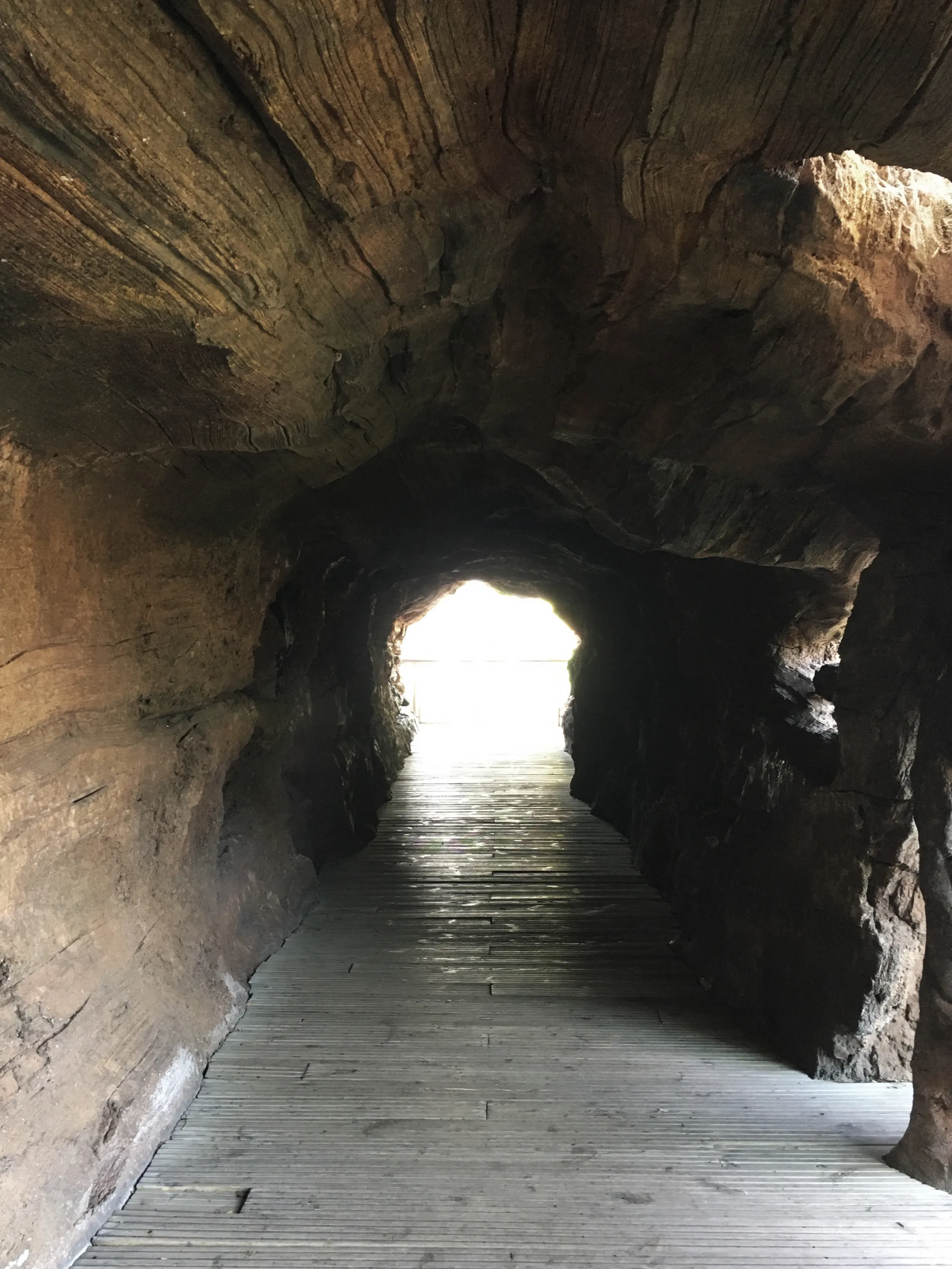
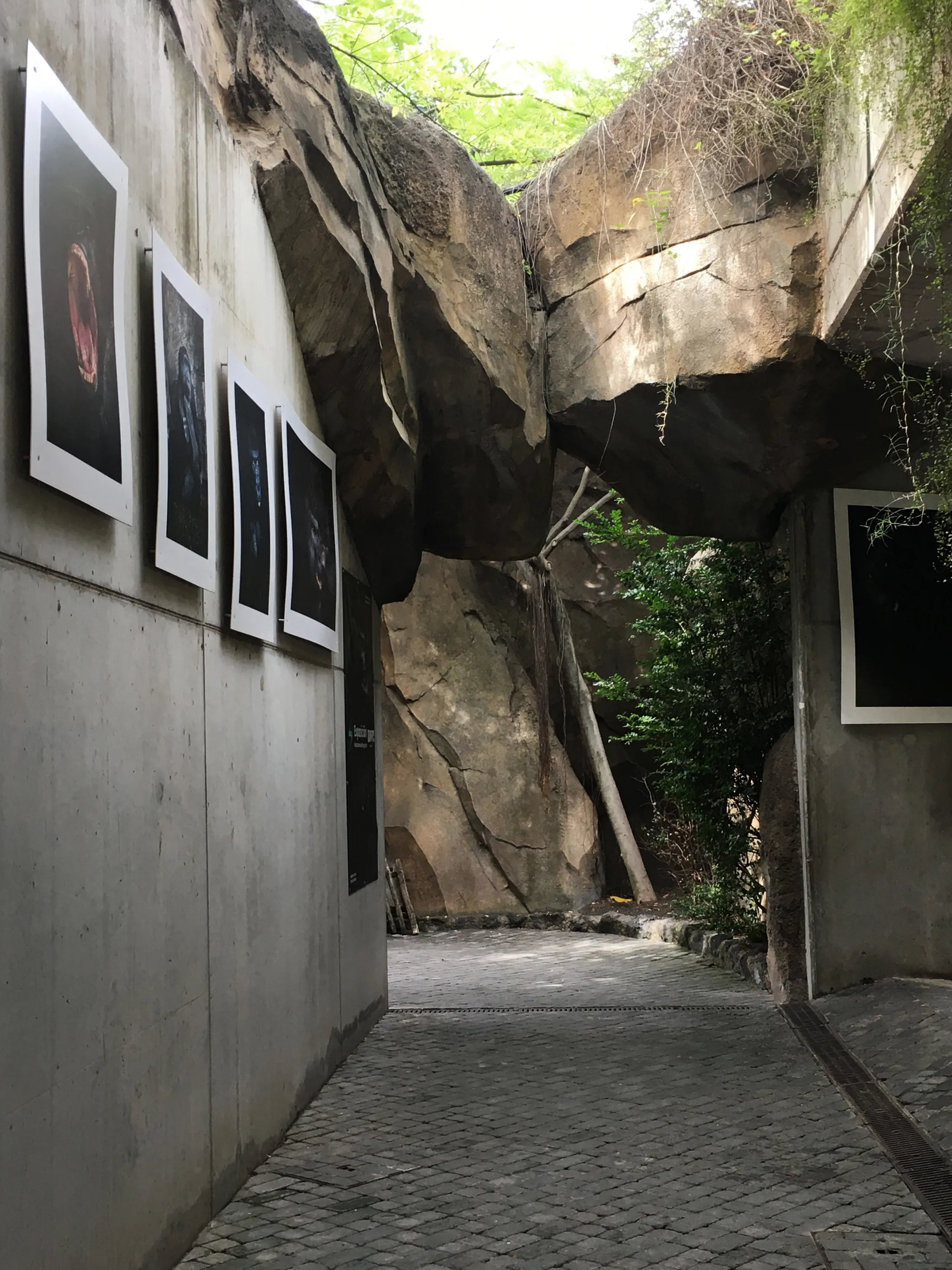
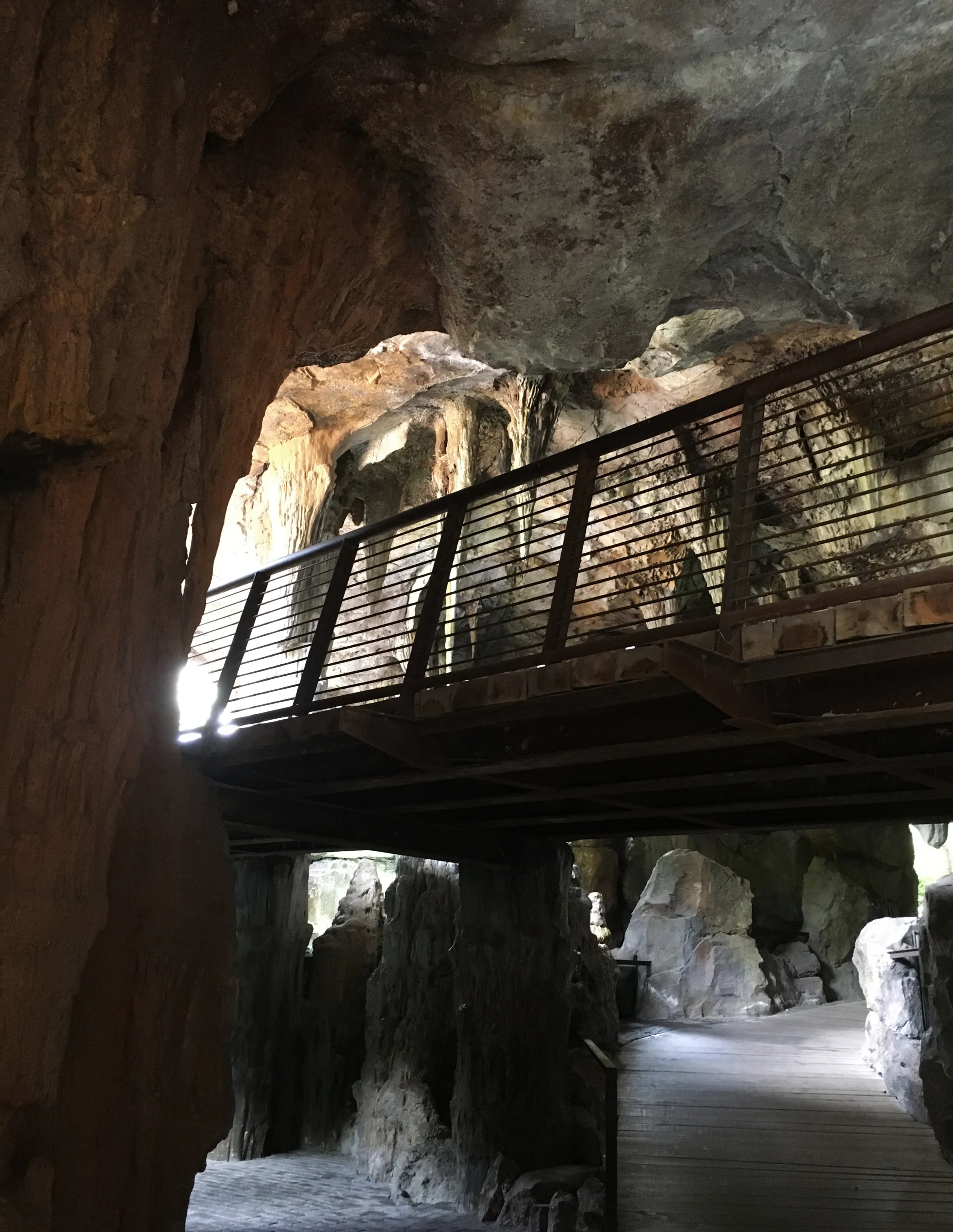
Through space, experiences and initiatives, this wildlife park embodies and inspires interest, admiration, and respect: a combination that nurtures a deep and balanced relationship with the natural world.
Further resources:
Available in the shop, anooi’s publications explore the nuances of a biophilic ethos, highlight anooi’s perspective on the topic, and cover the studio’s ongoing research in biophilic thinking and design.